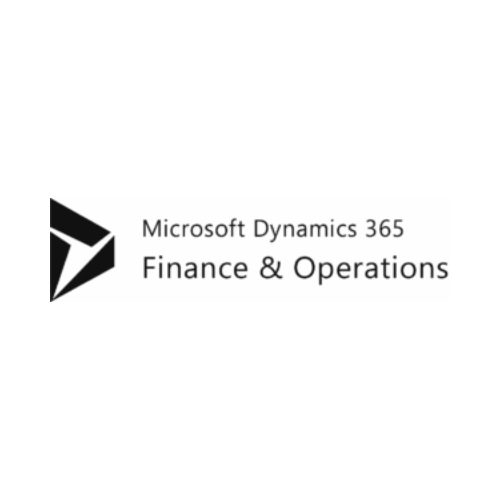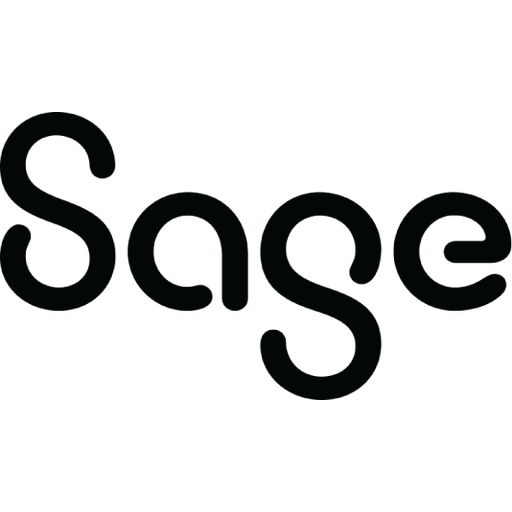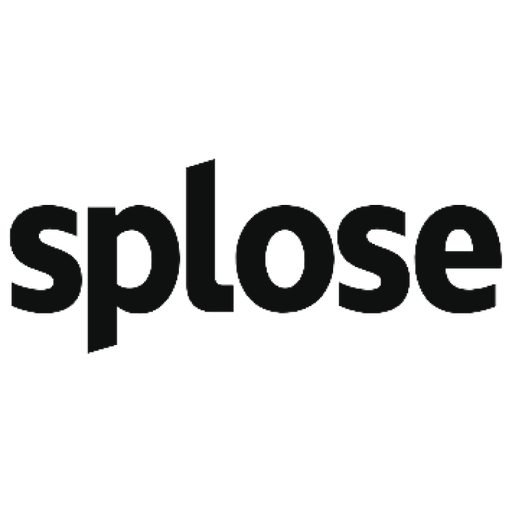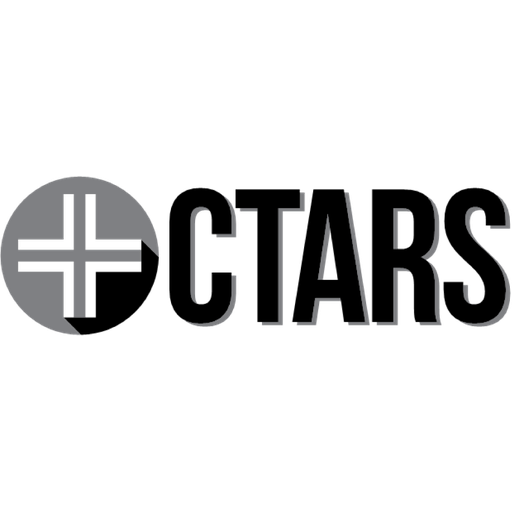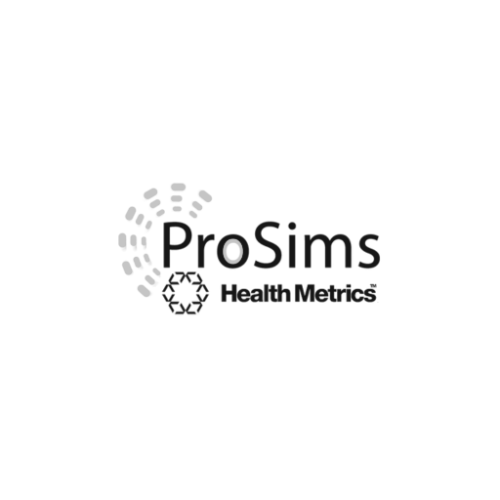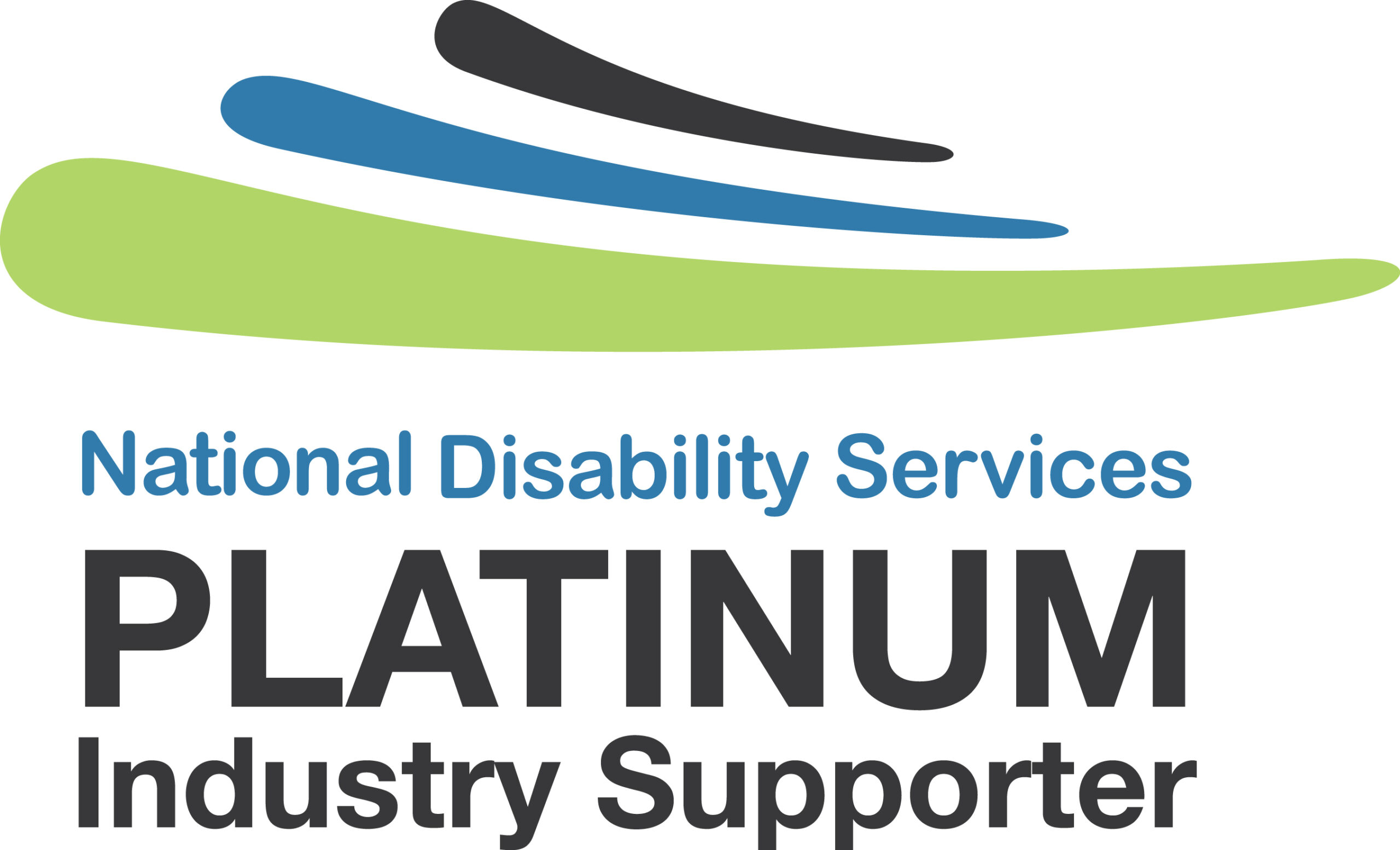Under the Support at Home program, providers are required to issue a monthly statement to each participant covering the previous calendar month.
The Department of Health and Aged Care has listed what information must be included and even created an ‘official template’ to help ensure consistency across the industry. However, there are some additional items that could make these statements a lot more helpful to participants that we’ve outlined below.
Compulsory Items
- Total government funding available to the participant during that month.
- Participant contributions, if applicable.
- Services delivered during the month, including:
- Service type
- Quantity (e.g. hours or units)
- Price charged for each service
- Total service costs for the month.
- Any unspent funding (remaining balance at month end).
- Closing balance for the participant’s account.
Additional ‘Best Practice’ Items
- ‘At a glance summary’ showing total government funds in and out, what’s remaining in their budget and how much they owe.
- Plain English descriptions of services that don’t use item codes.
- Funds delivered under the services budget but not yet claimed, and how this impacts the remaining budget and co-contribution amounts.
- Itemised care-management amounts that were claimed using the participant’s ID/name.
Statements must be issued no later than the last day of the following month (for example, a statement for November must be issued by 31 December). Importantly, statements still need to be sent even if no services were delivered that month.
References and resources:
Monthly statements for Support at Home services – Department of Health and Aged Care
Support at Home monthly statement template (PDF)
Support at Home Program Manual (Guide for Registered Providers)
Support at Home: Costs and Contributions – My Aged Care
Practical guidance for admin teams:
- Use systems that can automatically track fund inflows, service delivery details and unspent balances to simplify compliance.
- Ensure transparency: participants should clearly understand what funding they had, what was used and what remains.
- Keep documentation ready to support evidence, audit and reporting requirements.


